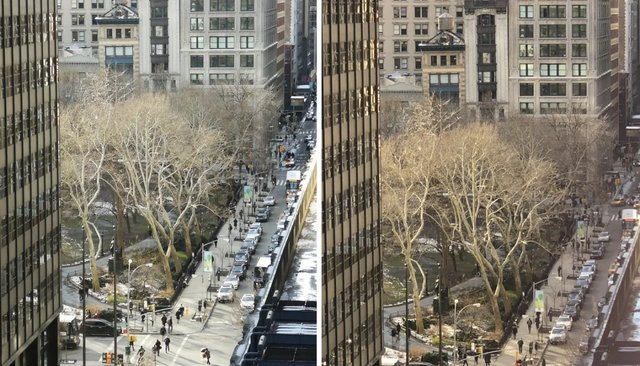HUAWEI P20 FLAGSHIP FIRST IMPRESSION
Huawei come back the curtains on its new 2018 flagship series in Paris and most of the rumours turned out to be accurate: the top device of the series, named the P20 Pro, does indeed sport three cameras, a first in smartphones.
This new triple-camera set-up consists of a 20-megapixel monochrome lens, an 8-megapixel telephoto lens, and a whopping 40-megapixel RGB lens.
These three cameras almost always work together, combining image and light information to produce what Huawei claims to be clearer, brighter photos.here is also an Oreo cookie in the image, suggesting the P20 will be running Android 8.0 Oreo out of the box, and the name “Shirley” also appears on the back of the handset where the Huawei brand has been seen in previous renders.These tricks are highlighted by a “hybrid zoom” that combines the telephoto sensor’s 3X optical zoom with information from the other two cameras to produce a single 5X zoom photo without noticeable loss in quality.

An image taken at 5X zoom using the P20 Pro (left)and the iPhone X. The Huawei’s photo is more detailed than the iPhone X shot. Photo: Ben Sin
I was only able to test this feature briefly in a controlled environment (it did work, however), but I want to wait until I can test it in a real-world situation before commenting further, because if this feature works as advertised, it would be a revolutionary change for mobile photography.
STYLE
Get updates direct to your inbox
Sign up now
That third camera sensor – and the tricks that come with it – are only available on the Pro variant of the device. The standard P20 sticks with the same dual 12+20-megapixel camera set-up found on last autumn’s Mate 10 Pro.
Other differences between the two devices include RAM (6GB vs 4GB) and display panels: the Pro has a 6.2-inch OLED panel, while the standard has a 5.8-inch LCD panel.
The back panel of the P20 Pro is made of glass, but the device does not offer wireless charging.Otherwise, both devices have very similar design, with a glass back, metal frame, and an almost edge-to-edge display with that divisive notch. I personally don’t mind it so much – the notch is a necessary sacrifice for now if we want an edge-to-edge display without giving up the front-facing camera.
The P20 Pro comes in a reflective colour that Huawei calls Twilight. Photo: Ben Sin
The Pro version comes in a new eye-catching “Twilight” colour that should prove very popular. I tend to prefer my gadgets to be black, but even I was impressed by the way the gradient finish seemingly changes shade depending on the angle of the light.
What I’m less fond of is the noticeable chin on the P20 phones, which houses a fingerprint scanner below the display.
Unlike the iPhone X, the Huawei P20 Pro has a noticeable bottom bezel, which is used to house a fingerprint reader. Photo: Ben Sin
Since last year, phone companies began chopping unnecessary parts of their phones’ front, leaving a handset that appears to be almost all-screen. Apple eliminated the fingerprint reader completely in favour of facial recognition, while Vivo found a way to embed the scanner underneath the screen.
Huawei dedicating actual real estate to house a fingerprint reader feels weirdly outdated.
The P20 series runs on the same Kirin 970 chip set as the Mate 10 series, but Huawei has built new software to take advantage of that chipset’s AI-ready NPU (neural processing unit).
The P20 phones will now automatically change camera shooting modes based on what its cameras are looking at. In my testing, when I pointed the camera at a woman, it switched to bokeh portrait mode (blurring of the background) automatically. When I then panned the viewfinder over to flowers, the phone jumped to macro shooting mode with saturation dialled up.